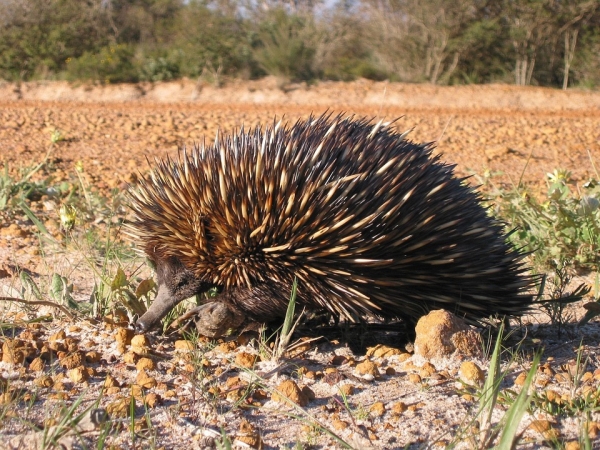Curtin University research into how echidnas might respond to a warming climate has found clever techniques used by the animal to cope with heat, including blowing bubbles to wet its nose tip, with the moisture then evaporating and cooling its blood.
Lead author Dr Christine Cooper, from Curtin’s School of Molecular and Life Sciences, said thermal vision of wild, short-beaked echidnas in bushland – about 170km southwest of Perth – was recorded and studied to show how the animals exchanged heat with their environment.
“We observed a number of fascinating methods used by echidnas to manage heat and which allow the animal to be active at much higher temperatures than previously thought,” Dr Cooper said.
“Echidnas blow bubbles from their nose, which burst over the nose tip and wet it. As the moisture evaporates it cools their blood, meaning their nose tip works as an evaporative window.”
Read more at Curtin University
Photo Credit: PublicDomainImages via Pixabay


